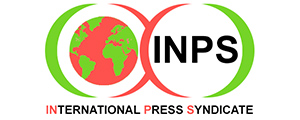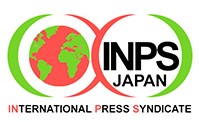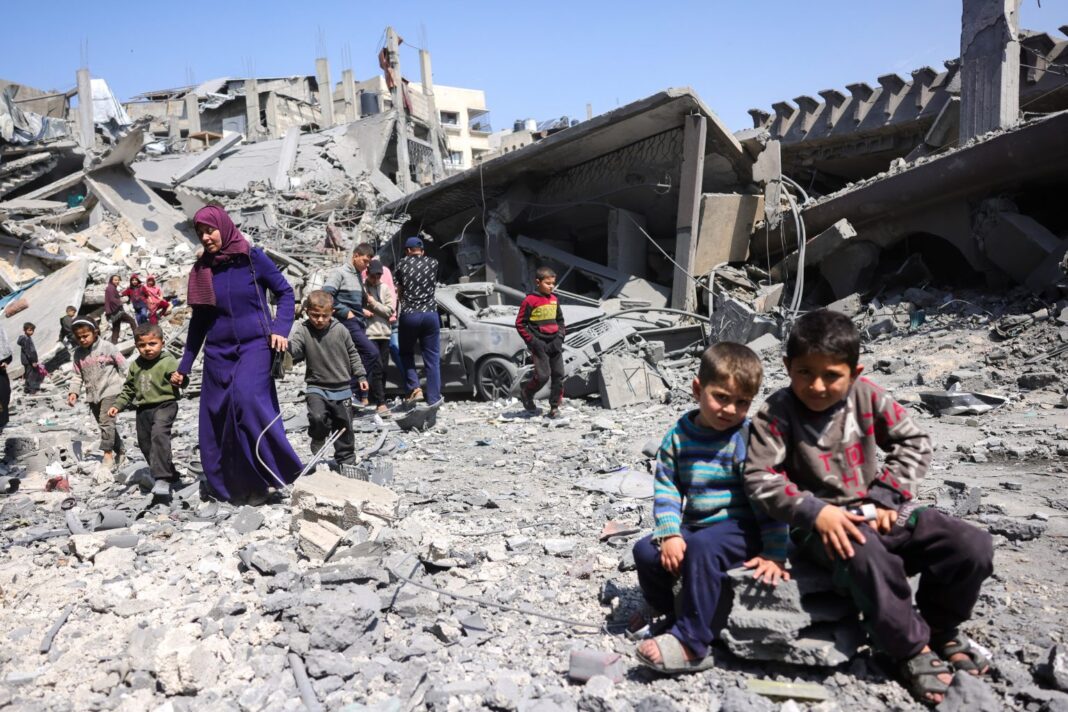By Dr Majid Khan
Melbourne (London Post) – The Gaza war that began in October 2023 persisted throughout the period from October 2024 to September 2025, resulting in catastrophic humanitarian consequences, regional instability, and major shifts in global diplomacy. By late August 2025, UN situation updates citing Gaza’s Ministry of Health reported over 62,000 Palestinian fatalities and approximately 159,000 wounded, with additional deaths occurring through September as intense urban fighting resumed in Gaza City.
The first half of September alone saw hundreds killed and thousands injured during renewed Israeli operations in the north. According to the World Health Organization, famine conditions have been officially confirmed in the Gaza Governorate, with 361 recorded malnutrition-related deaths, including 130 children, by 5 September 2025.
The humanitarian crisis reached unprecedented levels as key aid routes were blocked or restricted. The Zikim crossing was closed on 12 September 2025, halting all food deliveries to northern Gaza. Since July, less than 35% of the minimum required 2,000 metric tons of food per day has entered the Strip.
Other crossings, such as Kerem Shalom and Western Erez, operated intermittently, allowing only limited aid, while Rafah remained largely inaccessible due to continuing control disputes and security concerns. This resulted in severe shortages of food, clean water, and medicine, pushing Gaza’s population into further desperation. UNRWA also reported damage to multiple shelters housing over 11,000 displaced people in Gaza City during mid-September, leaving civilians without safe havens.
The situation in Gaza was compounded by widespread destruction of infrastructure and mass displacement. As military strikes intensified, aid convoys faced significant operational risks, including attacks near distribution points and fatalities among civilians attempting to reach food supplies.
Since late May, clashes near aid lines have further complicated relief operations. With crossings repeatedly closed and supplies delayed, humanitarian agencies struggled to deliver even the most basic services. Fuel scarcity worsened the crisis, crippling hospitals and preventing water and sanitation systems from functioning, further increasing the risk of disease outbreaks.
West Bank dynamics
Beyond Gaza, the West Bank also experienced escalating violence. Reports from OCHA highlighted rising fatalities, settler-related violence, and increasing movement restrictions, including in East Jerusalem. These conditions created a volatile environment, threatening to expand the conflict and further destabilize the region.
Diplomacy & Recognition: What changed Since Oct 2024?
From a political perspective, the past year marked a significant transformation in international recognition of Palestinian statehood. In May and June 2024, Spain, Ireland, and Norway announced recognition of the State of Palestine, followed soon after by Slovenia, Armenia, and Mexico. Throughout early and mid-2025, several Caribbean nations, including Jamaica, Barbados, Trinidad & Tobago, and the Bahamas, followed suit. By April 2025, well over 140 UN member states had recognized Palestine, creating strong diplomatic momentum.
A historic turning point came in September 2025, when the United Kingdom, Canada, Australia, and Portugal coordinated announcements recognizing Palestine ahead of the UN General Assembly. This marked a dramatic break from decades-long policies by close U.S. allies, signaling a profound shift in the global approach to the conflict.
Israel immediately rejected these moves, with Prime Minister Benjamin Netanyahu declaring there would be no Palestinian state west of the Jordan River and denouncing the recognitions as rewards for terrorism.
International Diplomatic Reactions
Global leaders issued urgent appeals throughout this period. UN Secretary-General António Guterres, opening the 80th session of the UNGA on 16 September, called for an immediate ceasefire, unrestricted humanitarian access, and strict adherence to international law.
UK Prime Minister Keir Starmer, in announcing the UK’s recognition of Palestine, stated it was necessary “to keep alive the possibility of a two-state solution,” emphasizing that recognition did not equate to rewarding Hamas.
Canadian Prime Minister Mark Carney echoed this sentiment, framing recognition as a step toward preserving peace and stability for both Israelis and Palestinians.
Australian Prime Minister Anthony Albanese highlighted the devastating humanitarian toll, including the killing of aid workers, and urged for a governance framework that excluded Hamas.
In stark contrast, Prime Minister Netanyahu reaffirmed Israel’s position of outright rejection, asserting that such recognition undermined Israel’s security and sovereignty.
The diplomatic landscape shifted significantly during this period, with recognition of Palestine expanding from the Global South and European periphery to the very core of the Western alliance system.
This wave of recognition was intended to re-anchor diplomacy in the vision of a two-state solution and to create international pressure for both a ceasefire and a viable political process. However, recognition alone did not produce immediate results on the ground. Fighting continued in Gaza and the West Bank, while humanitarian conditions worsened due to ongoing military operations and aid restrictions.
Battlefield and Humanitarian Picture
By September 2025, Gaza faced simultaneous bombardment, displacement, and famine conditions. The humanitarian picture was determined as much by the status of border crossings as by the flow of international aid. Without the reopening of northern access routes and the establishment of sustained, secure humanitarian corridors, famine-related deaths are expected to rise sharply.
The coordinated recognitions by major powers injected new energy into international diplomacy, but unless they are paired with enforceable protections for civilians, effective mechanisms for prisoner and hostage exchanges, and a clear political timeline, the conflict and its immense human suffering are likely to persist.
By late August 2025, approximately 62,900 Palestinians had been killed and 159,000 wounded, with additional casualties reported in September. Famine conditions were confirmed in northern Gaza, with 361 malnutrition deaths, including 130 children, as of 5 September 2025. Less than 35% of Gaza’s daily food needs have been met since July, and no food reached northern Gaza after 12 September due to the closure of Zikim crossing.
Over 140 UN member states now recognize the State of Palestine, with recent recognition by the UK, Canada, Australia, and Portugal marking a historic diplomatic shift. Despite these developments, humanitarian agencies face overwhelming challenges due to restricted access, attacks on aid convoys, and extensive destruction of infrastructure.
The period from October 2024 to September 2025 represents one of the most devastating chapters in the long history of the Israel-Palestine conflict. While diplomatic gains were made in the realm of international recognition for Palestine, the situation on the ground remained dire, with civilians bearing the brunt of both political impasse and relentless military operations.
Without a comprehensive ceasefire and a credible peace framework, Gaza and the broader region face a future of continued instability, humanitarian catastrophe, and deepening mistrust.
INPS Japan/ London Post


